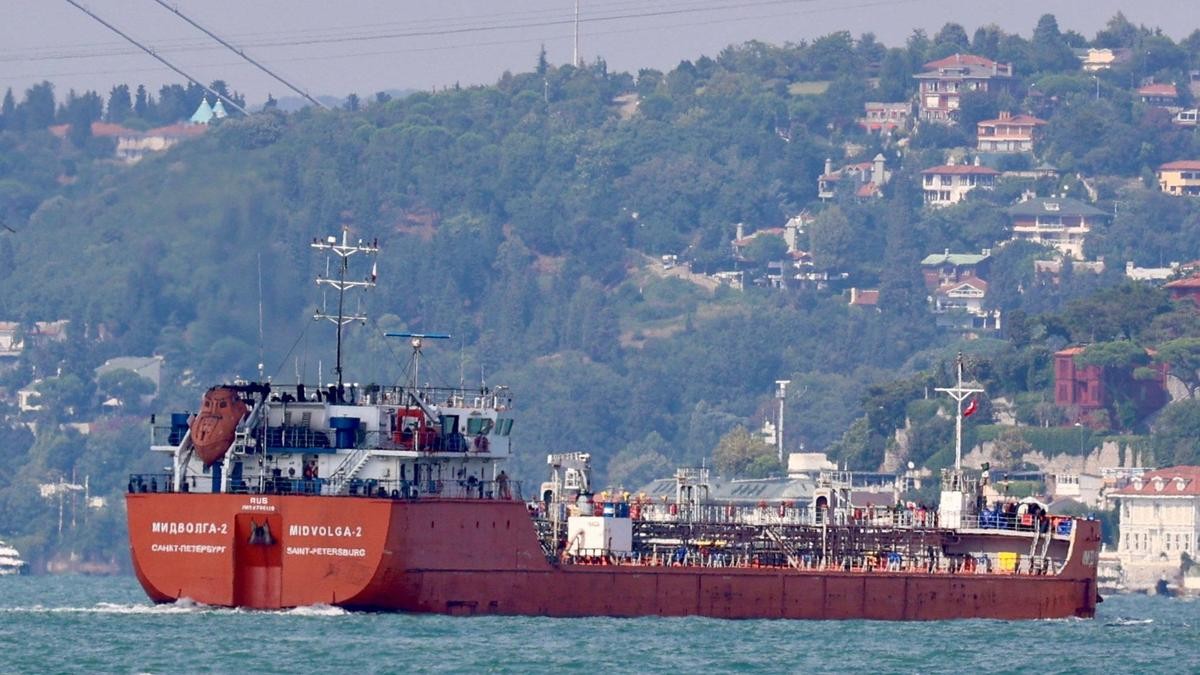



Farmers prefer rice and wheat due to assured MSP procurement, irrigation access, and research-led high yields. This ensures income stability, but causes groundwater depletion, soil degradation, and overproduction. To mitigate, India must diversify MSP, invest in sustainable practices and research, reform PDS, and shift to income-based support systems.

Copyright infringement not intended
Picture Courtesy: THE HINDU BUSINESSLINE
Farmers prefer rice and wheat due to assured procurement, yield stability, and research-backed improvements.
Farmers largely choose rice and wheat because these crops offer financial security, higher yields, and lower risks compared to alternatives like cotton, pulses, or oilseeds.
The government guarantees to buy rice and wheat at a Minimum Support Price (MSP), a pre-announced price that ensures farmers earn a profit even if market prices fall. This safety net makes rice and wheat attractive.
Unlike rice and wheat, crops like cotton, chickpeas (chana), or soybeans lack consistent MSP procurement, so farmers face price uncertainty. This discourages diversification.
The MSP acts as a “maximum price” in practice because market prices rarely exceed it, making rice and wheat the safest bets.
Farmers prefer crops with predictable income. The government’s focus on rice and wheat for the Public Distribution System (PDS) and food security also incentivizes their cultivation.
Rice and wheat grow in irrigated conditions, reducing yield risks from unpredictable monsoons. About 51% of agricultural land growing food grains is irrigated, mainly through canals and groundwater (wells, tube-wells).
Crops like pulses or oilseeds usually depend on rain-fed agriculture, making them riskier. This is why chickpeas and soybeans saw declining acreages in Madhya Pradesh.
However, heavy irrigation, especially for rice, depletes groundwater. In Punjab, rice procurement may account for 50% of groundwater table decline over 34 years.
Public research and breeding programs prioritize rice and wheat, leading to higher yields, disease resistance, and climate resilience. This makes them more profitable and less risky.
Wheat => Traditional varieties yielded 1-1.5 tonnes per hectare. Green Revolution semi-dwarf varieties like Kalyan Sona (late-1960s) increased yields to 3.8 tonnes per hectare and resisted lodging (falling over). Modern varieties like HD-3385 (2023) yield 6 tonnes per hectare and resist rust diseases.
Rice => Traditional varieties yielded 1-3 tonnes per hectare over 160-180 days. The semi-dwarf IR-8 (1966) yielded 4.5-5 tonnes in 130 days.
Other crops, like cotton, haven’t seen similar breakthroughs since Bt cotton (2002-06). No new genetically modified (GM) crops have been approved, stalling progress.
Higher yields and shorter crop cycles mean more income in less time. Research-backed resilience against pests, diseases, and climate stresses (e.g., drought, heat) further reduces risks, unlike in pulses or oilseeds.
Economic Impacts
Skewed Production => MSP and procurement focus on rice and wheat, leading to overproduction. India produces 30% more rice and wheat than needed for consumption and buffer stocks, yet. This reduces incentives for diversifying into pulses, oilseeds, or horticulture, causing shortages and imports.
Regional Disparities => Procurement benefits states like Punjab and Haryana, while others, like Uttar Pradesh, see lower MSP uptake (e.g., 95% of Punjab’s paddy growers benefited v/s 3.6% in UP).
Environmental Impacts
Groundwater Depletion => Rice’s water-intensive nature, coupled with flood irrigation, depletes groundwater. In Punjab, rice cultivation contributes to 50% of groundwater decline. Alternatives like drip irrigation or direct-seeded rice (DSR) could save water but face adoption barriers due to cost and yield risks.
Soil Degradation => Continuous Rice-Wheat Cropping System (RWCS) depletes soil nutrients and creates hardpans, reducing wheat yields by 8% after puddled rice.
Pollution => Burning rice residue to clear fields for wheat sowing causes air pollution, especially in northwest India.
Social Impacts
Farmer Protests => Farmers demand MSP for all crops, as seen in the 2020-21 protests and 2025. They seek prices aligned with the Swaminathan Commission’s formula (cost of production + 50% profit).
Nutrition => High-yielding varieties prioritize quantity over quality, reducing zinc, iron, and protein content in rice and wheat, contributing to malnutrition.
Expand MSP Coverage => Include pulses, oilseeds, and millets to encourage diversification, aligning with market demand and nutritional needs.
Promote Sustainable Practices: Subsidize drip irrigation, direct-seeded rice, and no-tillage systems to conserve water and soil health.
Invest in Research => Fund breeding programs for pulses, oilseeds, and climate-resilient crops to match rice and wheat’s yield stability.
Reform PDS => Diversify PDS to include millets and pulses, reducing rice and wheat dependency.
Direct Benefit Transfers (DBT)=> Replace MSP subsidies with income support to reduce overproduction and environmental harm.
Must Read Articles:
NEW AGRICULTURE RELATED SCHEMES
THE NEED FOR CLIMATE-RESILIENT AGRICULTURE
Source:
|
PRACTICE QUESTION Q. Critically analyze how crop diversification can serve as a sustainable strategy to mitigate agrarian distress in India. 250 words |









© 2026 iasgyan. All right reserved